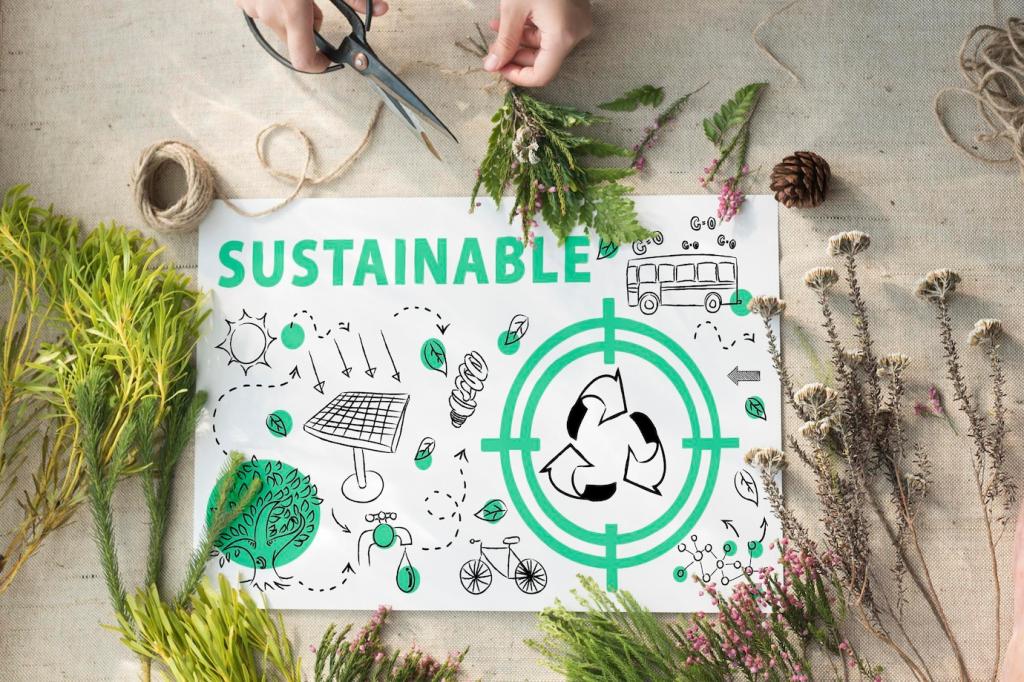Data That Matters: Metrics, Labels, and Claims
Prioritize measurements shoppers understand: liters of water saved, carbon intensity per use, recycled content percentage. Provide context by comparing to a familiar baseline. Ask readers what metric most influences their decisions.
Data That Matters: Metrics, Labels, and Claims
Name the certifier, scope, and renewal cycle. Link to a public listing or certificate ID. Offer a one-sentence summary: what it ensures, what it does not. Invite subscribers to submit confusing labels for a community decode.
Data That Matters: Metrics, Labels, and Claims
Steer clear of absolutes like “zero impact.” Use conditional phrasing backed by methodology, such as “net emissions balanced via third-party verified projects.” Encourage readers to share their claim drafts for constructive critique.
Data That Matters: Metrics, Labels, and Claims
Lorem ipsum dolor sit amet, consectetur adipiscing elit. Ut elit tellus, luctus nec ullamcorper mattis, pulvinar dapibus leo.




